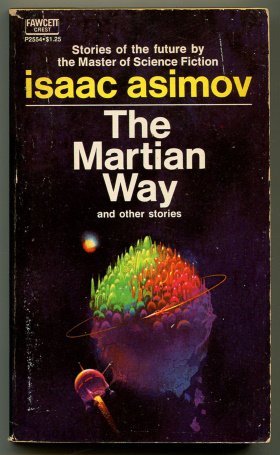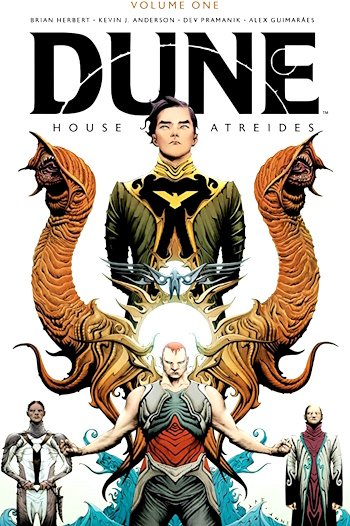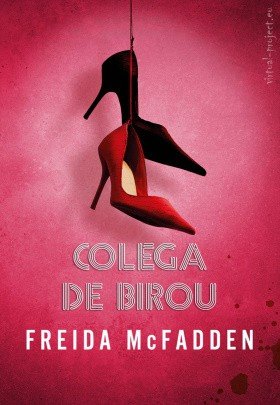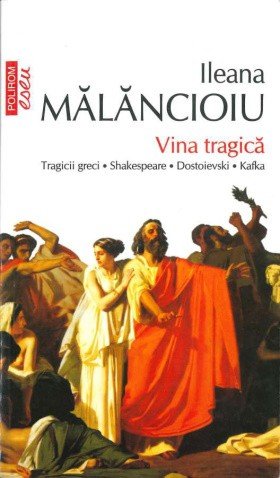Its skin was of an oily smooth grayness. Its motions were slow as became a creature who burrowed in stone and was more than half st ne itself. There was no writhing of muscles beneath that skin· instead it moved in slabs as thin layers of stone slid greasily over one ‘another.
It had a general ovoid shape, rounded above, flattened below, with o sets of appendages. elow were the ‘legs,’ set radially. They totaled six and ended m sharp flmty edges, reinforced by metal deposits. Those edges could cut through rock, breaking it into edible portions.
On the creature’s flat undersurface, hidden from view unless the s1hcony were overturned, was the one opening into its interior. Shredded rocks entered that interior. Within, limestone and hydrated silicates reacted to form the silicones out of which the creature’s tissues were built. xcess silica re-emerged from the opening as hard white pebbly excretions.
How e raterrologists had puzzled over the smooth pebbles that lay scattered m small hollows within the rocky structure of the asteroids until the siliconies were first discovered. And how they marveled at the mannerm :’hich the creatures made silicones – those silicone-oxygen olymers with ydrocarbon siqe chains – perform so many of the functions that protems performed in terrestrial life.
From the high st point on the creature’s back came the remaining ppendages: two mverse cones hollowed in opposing directions and fittmg snugly mto parallel recesses running down the back, yet capable of lifting upward a short way. When the silicony burrowed through rock, the ‘ears’ were retracted for streamlining. When it rested in a hollowed-out cavern, they could lift for better and more sensitive reception. Their vague resemblance to a rabbit’s ears made the name silicony inevitable. The more serious extraterrologists, who referred to such creatures habitually as Siliconeus asteroidea, thought the ‘ears’ might have something to do with the rudimentary telepathic powers the beasts possessed. A minority had other notions.
The silicony was flowing slowly over an oil-smeared rock. Other such rocks lay scattered in one comer of the room and represented, Vemadsky knew, the creature’s food supply. Or at least it was its tissue-building supply. For sheer energy, he had read, that alone would not do.
Vemadsky marveled. ‘It’s a monster. It’s more than a foot across.’
The captain grunted noncommittally.
‘Where did you get it?’ asked Vemadsky.
‘One of the rocks.’
‘Well, listen, two inches is about the biggest anyone’s found. You could sell this to some museum or university on Earth for a couple of thousand dollars, maybe.’
The captain shrugged. ‘Well, you’ve seen it. Let’s get back to the hyperatomics.’
His hard grip was on Vemadsky’s elbow and he was turning away, when there was an interruption in the form of a slow and slurring voice, a hollow and gritty one.
It was made by the carefully modulated friction of rock against rock and Vemadsky stared in near horror at the speaker.
It was the silicony, suddenly becoming a talking stone. It said, ‘The man wonders if this thing can talk.’
Vernadsky whispered, ‘For the love of space. It does!’
‘All right,’ said the captain impatiently, ‘you’ve seen it and heard it, too. Let’s go now.’
‘And it reads minds,’ said Vemadsky.
The silicony said, ‘Mars rotates in two four hours three seven and one half minutes. Jupiter’s density is one point two two. Uranus was discovered in the year one seven eight one. Pluto is the planet which is most far. Sun is heaviest with a mass of o zero zero zero zero zero zero . . . ’
The captain pulled Vemadsky away. Vemadsky, half-walking backward, half-stumbling, listened with fascination to the fading bumbling of zeroes.
He said, ‘Where does it pick up all that stuff, Captain?’
‘There’s an old astronomy book we read to him. Real old.’
‘From before space travel was invented,’ said one of the crew members in disgust. ‘Ain’t even a fillum. Regular print.’
‘Shut up,’ said the captain.
Vernadsky checked the outflow of helium for gamma radiation and eventually it was time to end the flushing and work in the interior. It was a painstaking job, and Vernadsky interrupted it only once for coffee and a breather.
He said, with innocence beaming in his smile, ‘You know the way I figure it, Captain? That thing lives inside rock, inside some asteroid all its life. Hundreds of years, maybe. It’s a damn big thing, and it’s probably a lot smarter than the run-of-the-mill silicony. Now you pick it up and it finds out the universe isn’t rock. It finds out a trillion things it never imagined. That’s why it’s interested in astronomy. It’s this new world, all these new ideas it gets in the book and in human minds, too. Don’t you think that’s so?’
He wanted desperately to smoke the captain out, get something concrete he could hang his deductions on. For this reason he risked telling what must be half the truth, the lesser half, of course.
But the captain, leaning against a wall with his arms folded, said only, ‘When will you be through?’
It was his last comment and Vernadsky was obliged to rest content. The motor was adjusted fo .ally to Vernadsky’s satisfaction, and the captain paid the reasonable fee in cash, accepted his receipt, and left in a blaze of ship’s hyper-energy.
Vernadsky watched it go with an almost unbearable excitement. He made his way quickly to his sub-etheric sender.
‘I’ve got to be right,’ he muttered to himself. ‘I’ve got to be.’
Patrolman Milt Hawkins received the call in the privacy of his home station on Patrol Station Asteroid No. 72. He was nursing a two-day stubble, a can of iced beer, and a film viewer, and the settled melancholy on his ruddy, wide-cheeked face was as much the product of loneliness as was the forced cheerfulness in Vernadsky’s eyes.
Patrolman Hawkins found himself looking into those eyes and was glad. Even though it was only Vernadsky, company was company. He gave him the big hello and listened luxuriously to the sound of a voice without worrying too strenuously concerning the contents of the speech.
Then suddenly amusement was gone and both ears were on the job and he said, ‘Hold it. Ho – ld it. What are you talking about?’
‘Haven’t you been listening, you dumb cop? I’m talking my heart out to you.’
‘Well, deal it out in smaller pieces, will you? What’s this abouta silicony?’
‘This guy’s got one on board. He calls it a pet and feeds it greasy rocks.’
‘Huh? I swear, a miner on the asteroid run would make a pet out of a piece of cheese if he could get it to talk back to him.’
‘Not just a silicony. Not one of these httle mch Jobs. Its over a f ot across. Don’t you get it? Space, you’d think a guy would know somethmg about the asteroids, living out here.’
‘All right. Suppose you tell me.’

























